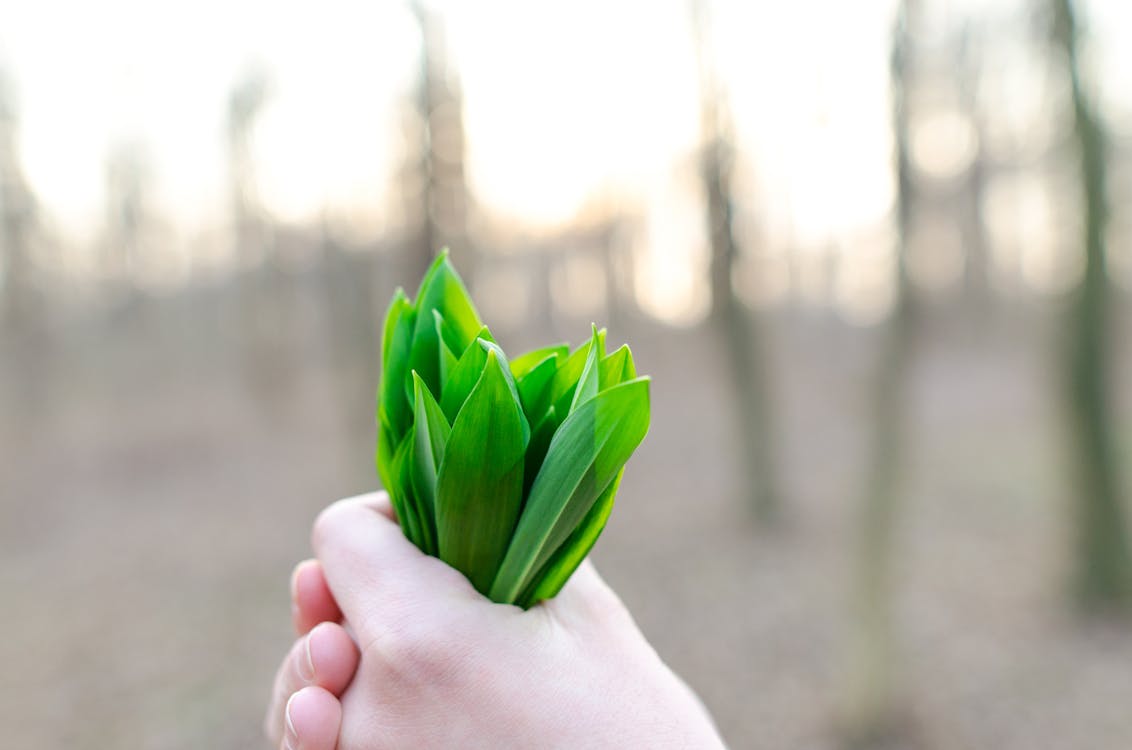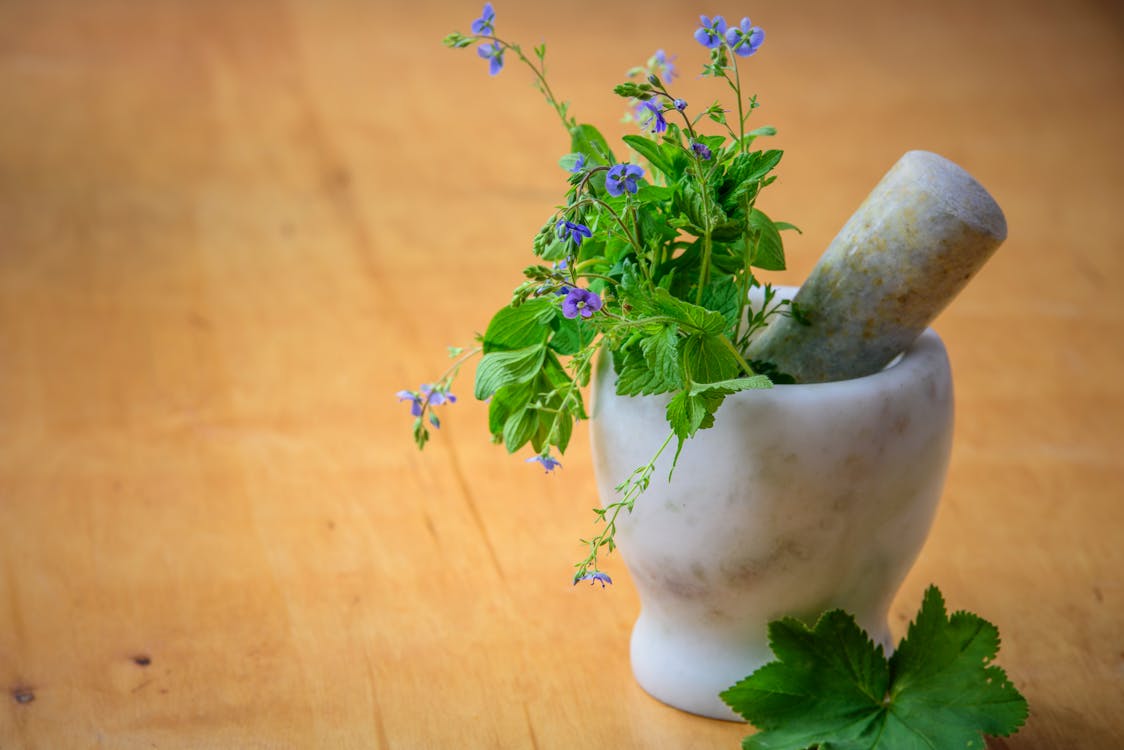When to Harvest Herbs from the Garden: Your Ultimate Gardening Guide
By Catalogs Editorial Staff
When to harvest herbs from the garden for maximum flavor
Growing herbs is a huge confidence booster for new gardeners because they thrive in a range of soils and conditions. Planting them after winter’s final frost and caring for them with plenty of air circulation, water and sunlight are all essential steps. But you also must know when to harvest herbs from the garden.
The wonderful thing about growing an herb garden is they will continue to produce fragrant, flavorful leaves all season as long as you treat them right. Unfortunately, there’s plenty of room for error when it comes to cutting.
Wait until they’re ready

Take a moment to get down close and smell the leaves. They’re likely ready to be harvested once the oils that produce their aroma and flavor are apparent. The right time varies for each variety, but a simple rule of thumb is to wait until the plant has plenty of leaves. This way you can pluck some foliage without affecting its ability to thrive.
Chives may look ready for your baked potato and cilantro may look like it wants to be mashed up in a fresh batch of guacamole right now. Not so fast! Herbs for cooking have a bitter, sometimes off taste if the herbs from the garden are clipped too early or too late.
Grow a wide range and you’ll begin to learn firsthand which ones taste best before they flower. Chives and cilantro develop pretty blossoms, but they taste best plucked before those pretty blossoms appear. With other types like chamomile and borage, it’s the blossomed buds you want.
Knowing when to harvest herbs from the garden also depends on which part of the plant you want. Leaves can be plucked when you see and smell that they’re ready. Don’t wait for them to flower or the plant will produce less foliage because its energy will focus on supporting the blossom.
You’ll have to wait for the foliage to turn in the fall before harvesting roots like ginseng, bloodroot, and chicory. Seeds should be brown and fully mature but gathered before birds get them or they shatter to the ground.
General Tips

- Snipping what you need encourages growth as long as it’s done at the right time. So feel free to harvest just do it with restraint. For instance, always leave at least 30% of the foliage or one-third of the stem.
- Know the exceptions! Chives are an exception to the above rule. These you can cut close to the ground. Lavender and tarragon flowers should be snipped early in summer, then cut the remaining plant down to half its size to increase your chances of getting a second flowering.
- The best time of day to collect herbs for use is in the late morning once dew has dried and before the sun heats them up.
- Pluck flowers like chamomile and bee balm after the buds develop and before they open up. This is when oil is the most concentrated so you get the most flavor from every bud.
- Continue snipping annuals right up until the season’s first frost.
- Stop snipping perennials around the end of August. This gives them time to harden before the cold comes in.
- Another exception is blossoms intended for use in a craft project. Since flavor doesn’t matter and appearance does, wait until the flower is fully formed.
Enjoy the fruits of your labor

Many growers love knowing when to harvest herbs from the garden because it results in deliciously fresh cooking. Since the decadent flavors and aromas come from the oils inside, crush them between your fingers as you add them to salads and simmering dishes.
Popular Savings Offers
Peak season may overwhelm you with options. Preserve some for later by either drying them in the sun or chopping and freezing them in water as herb cubes.











